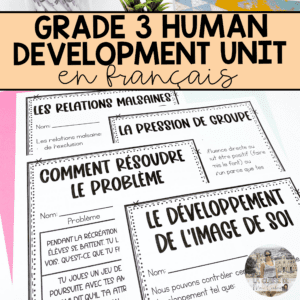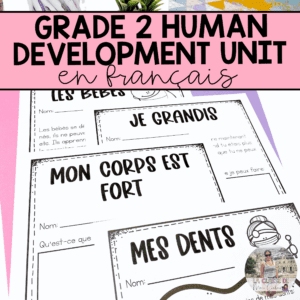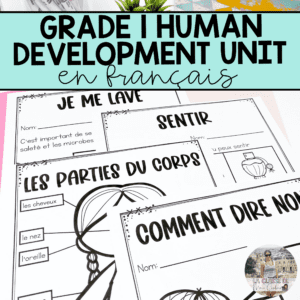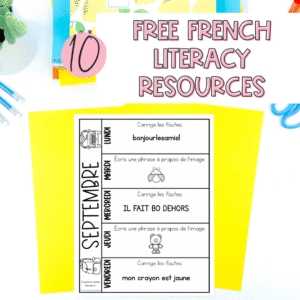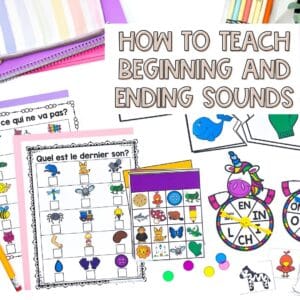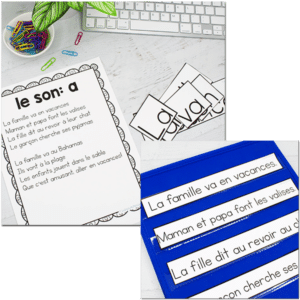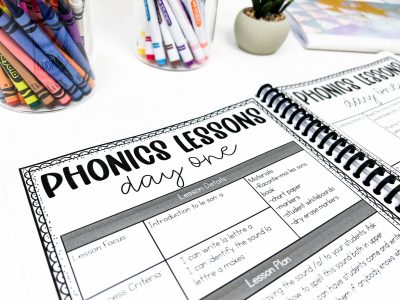We all know that little kids can be especially germy. They say ignorance is bliss, and that’s definitely true for young students when it comes to bathroom habits and boogery noses. However, we have to eventually burst the bubble and get serious about germs! That’s where these germ experiments come in handy.
Don’t let flu season or strep throat conquer your classroom! Talking about germs can be tricky. How do you explain this invisible thing, especially in a way that students can understand? Germ experiments help because students can visualize the effects of germs.
Here are two experiments I use to talk about germs, health, and hygiene with students:
Experiment #1: Germ Experiment with Bread
First, head to the store and buy white bread. Avoid the mass produced white bread, it has a lot of preservatives in it, so the experiment will not work well. Instead, buy the scratch made bread from the bakery. Then, grab a few ziplock bags and a sharpie.
Lay out four slices of bread. Then, follow the steps below:
- With the first slice, each student will touch the bread as is (don’t ask them to wash hands or anything).
- With the second slice, have students use hand sanitizer and then touch the bread.
- With the third slice, have students wash their hands with soap and water then touch the bread.
- Lastly, the fourth slice will be untouched.
After you have concluded your germ experiment, place each slice of bread in a ziplock bag and label it. Then, leave the slices in the ziplock bag for a few days or weeks. Afterwards, collect some information.
What happened to the bread in the germ experiment? Is there a difference in the mold levels? Ask students to make observations and form a conclusion. Your students should notice that the slice with the most amount of mold on it is the one that was touched with unwashed hands.
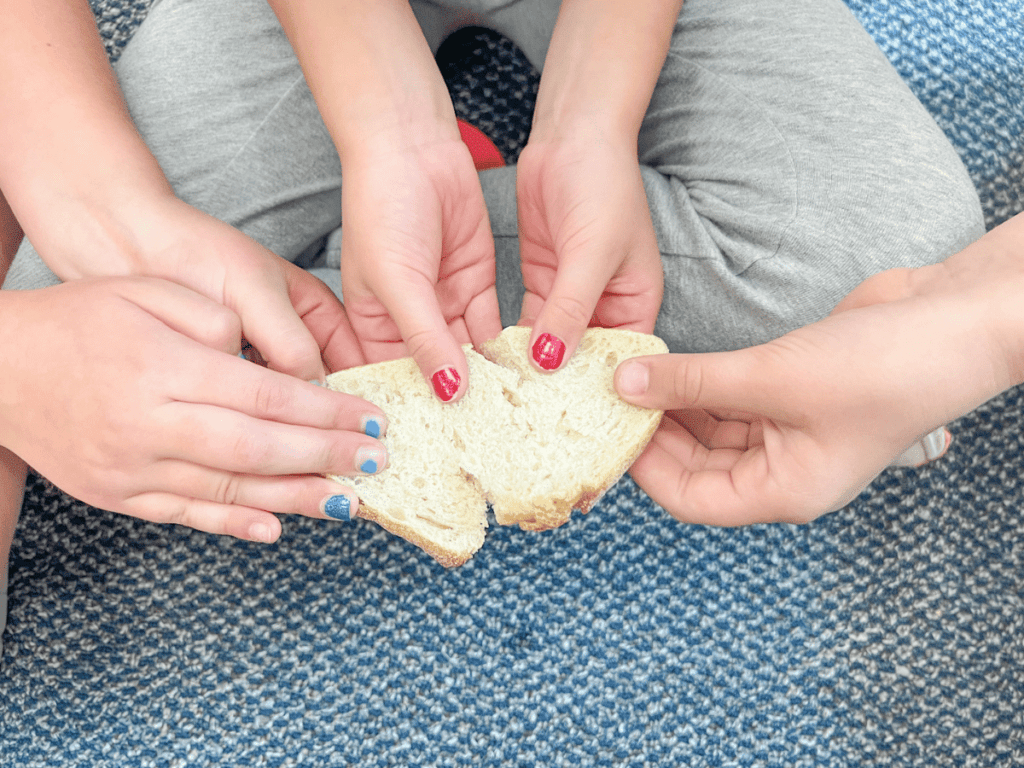
Experiment #2: Germ Experiment with Black Pepper
This is another super simple germs experiment. Plus, you probably won’t need to purchase any supplies! Win-win. You will need dish soap, black pepper, a bowl, and water.
This experiment works great as a small group. First, fill the bowl up with water. If you have a large bowl, don’t worry about filling it all the way. Just a little water is fine. Then, sprinkle the black pepper in the bowl. Let your students know that the pepper represents germs.
Then, have students dip a finger into the bowl. Observe with students that pepper sticks to their finger and remains near their finger in the bowl. Lastly, have students put dish soap on their finger and then dip their finger in the bowl. The pepper will now move away from their finger.
Ask students to make observations. What did the soap do? What does this tell us about the importance of using soap when we wash our hands? We may not be able to see germs, but they’re there and are on us until we remove them using soap.
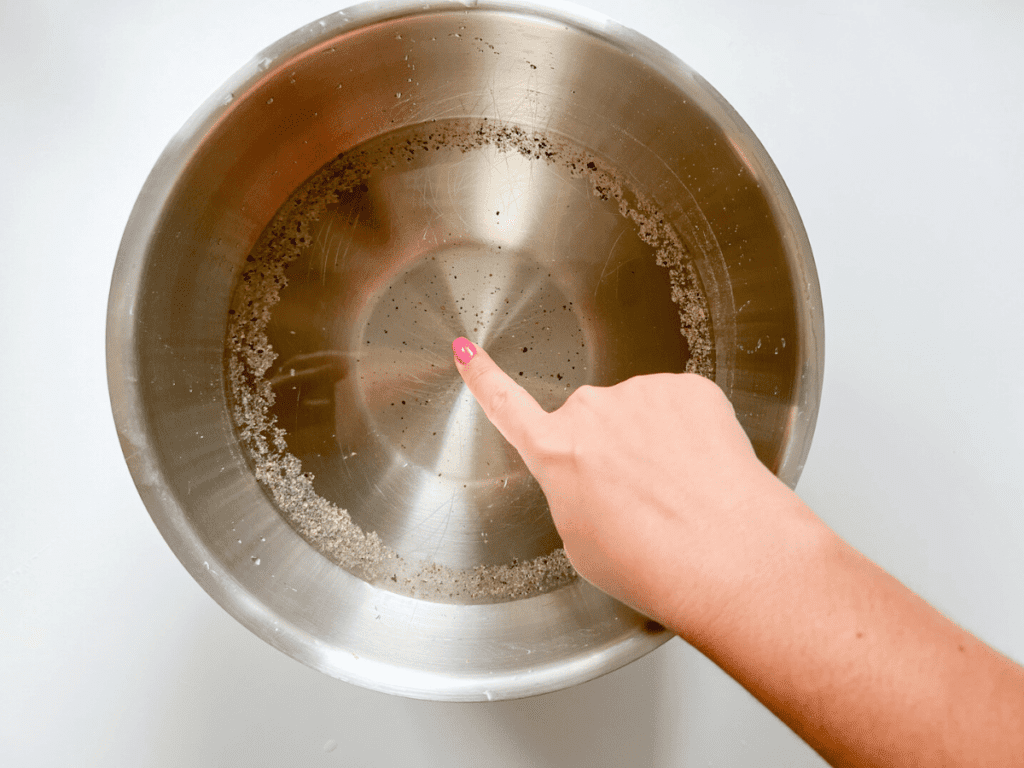
If you want to continue using activities that center on health and hygiene, this Grade 1 Human Development and Sexual Health Unit in French is the perfect addition to your classroom. It includes various topics, including hygiene, germs, consent, body parts and more. You can even pair some of the activities in this unit with the germ experiments mentioned in this blog!
Don’t teach Grade 1? I also have French Health units for Grade 2 and Grade 3.
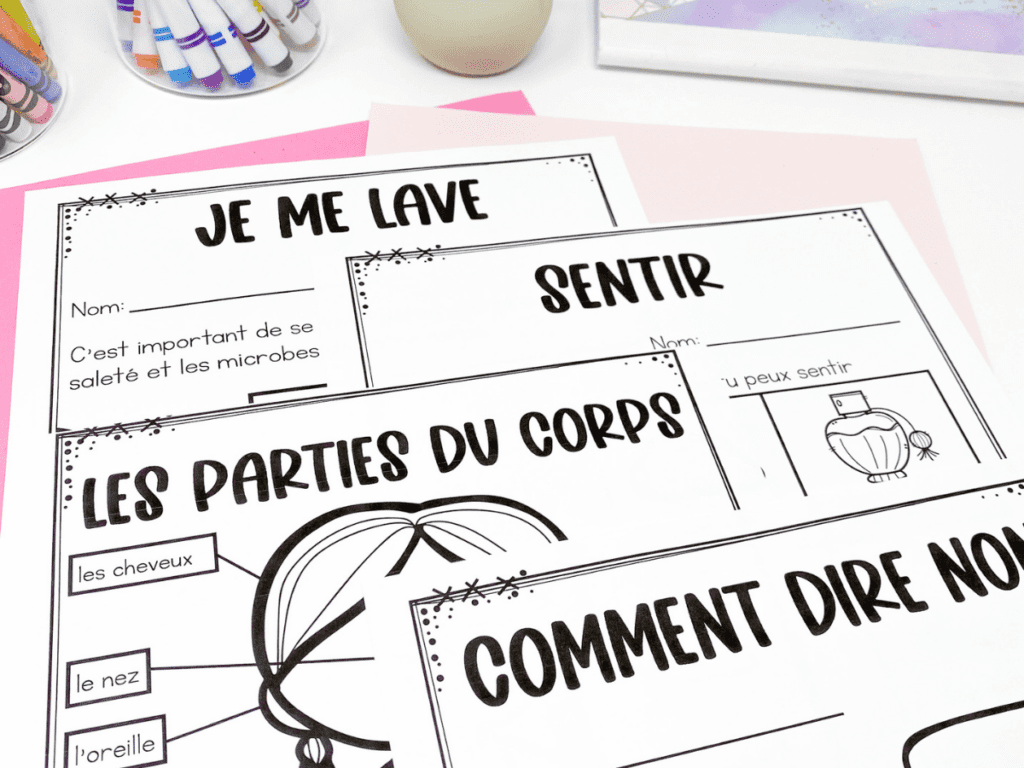
Want to check out the resources listed?
All the links above lead to TPT, but the resources are also available on our website. Here are the resources available here for purchase in CAD. Don’t forget you can also buy credits for an additional discount (up to $15 off).
Want to read more about bringing health lessons to the classroom, read this blog about talking to your primary French immersion students about consent.


